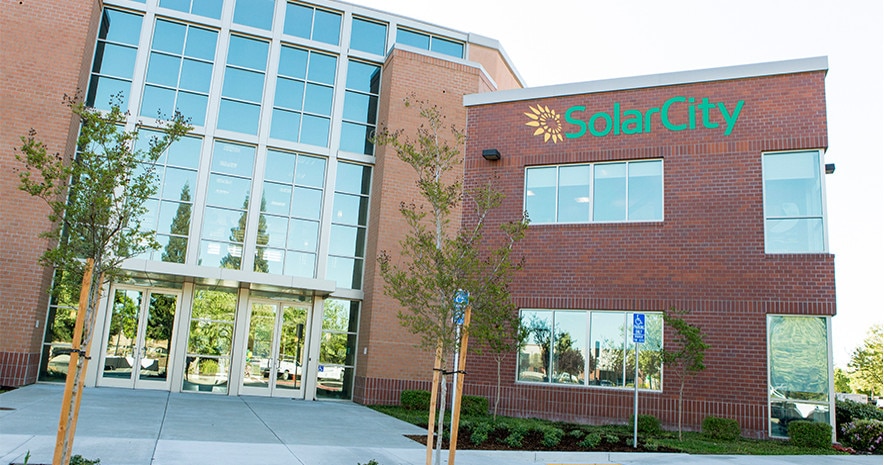Sometimes being the biggest isn’t the best position to be in. Over the past five years two of the largest Chinese PV makers have tumbled, one after another, after reaching the pole position. This adage seems to hold true for the United States as well, and this week we saw more developments on the carving up of SunEdison, formerly the world’s largest renewable energy developer, as well as signs of big trouble at the largest distributed solar company.
Topping the news, this week SolarCity announced that it would lay off an unspecified number of employees and slash the salaries of its founders to $1 per year, which the company says is in response to its failure to meet guidance. Along the way SolarCity announced that it was selling $124 million in 6.5%, 18-month bonds, which shows that the company needs cash and is willing to pay a relatively high interest rate for it.
Neither of these are good indicators for a company that needs approval from the majority of disinterested Tesla shareholders for its acquisition.
Also this week the dismantling of SunEdison under bankruptcy protection moved forward, with a bankruptcy court granting approval for two separate auctions of assets, including one for 2.1 GW of projects where NRG is positioned as the stalking horse bidder.
Additionally, NRG has agreed to buy 26 SunEdison C&I projects that are in various stages of completion. NRG’s seriousness about acquiring these projects was reinforced when NRG Yield announced a $350 million bond issue.
But if tough times at SolarCity and the carving up of SunEdison have you down, news on the policy front was decidedly better. This week a group of stakeholders including SEIA, Vote Solar and Sunrun announced a compromise with Colorado’s Xcel Energy including expanding its solar rebate program, a greater commitment to community solar, and an interconnection process for batteries.
We’re not sure exactly what Xcel got out of this except no longer having to attend regulatory hearings in three cases, and a timeline to move to time-of-use (TOU) rates.
There are also exciting developments in technology. Kerfless wafer maker 1366 Technologies unveiled its “3D” wafers, featuring a regular thickness border on a thin wafer, which the company says will save silicon use without sacrificing durability or performance.
And as technology improves, the vision of a move to 100% renewable energy is becoming more and more accepted. Sierra Club has issued a report highlighting 10 U.S. communities that have committed to 100% renewable energy, as part of its ”Ready for 100” campaign.
This content is protected by copyright and may not be reused. If you want to cooperate with us and would like to reuse some of our content, please contact: editors@pv-magazine.com.









By submitting this form you agree to pv magazine using your data for the purposes of publishing your comment.
Your personal data will only be disclosed or otherwise transmitted to third parties for the purposes of spam filtering or if this is necessary for technical maintenance of the website. Any other transfer to third parties will not take place unless this is justified on the basis of applicable data protection regulations or if pv magazine is legally obliged to do so.
You may revoke this consent at any time with effect for the future, in which case your personal data will be deleted immediately. Otherwise, your data will be deleted if pv magazine has processed your request or the purpose of data storage is fulfilled.
Further information on data privacy can be found in our Data Protection Policy.